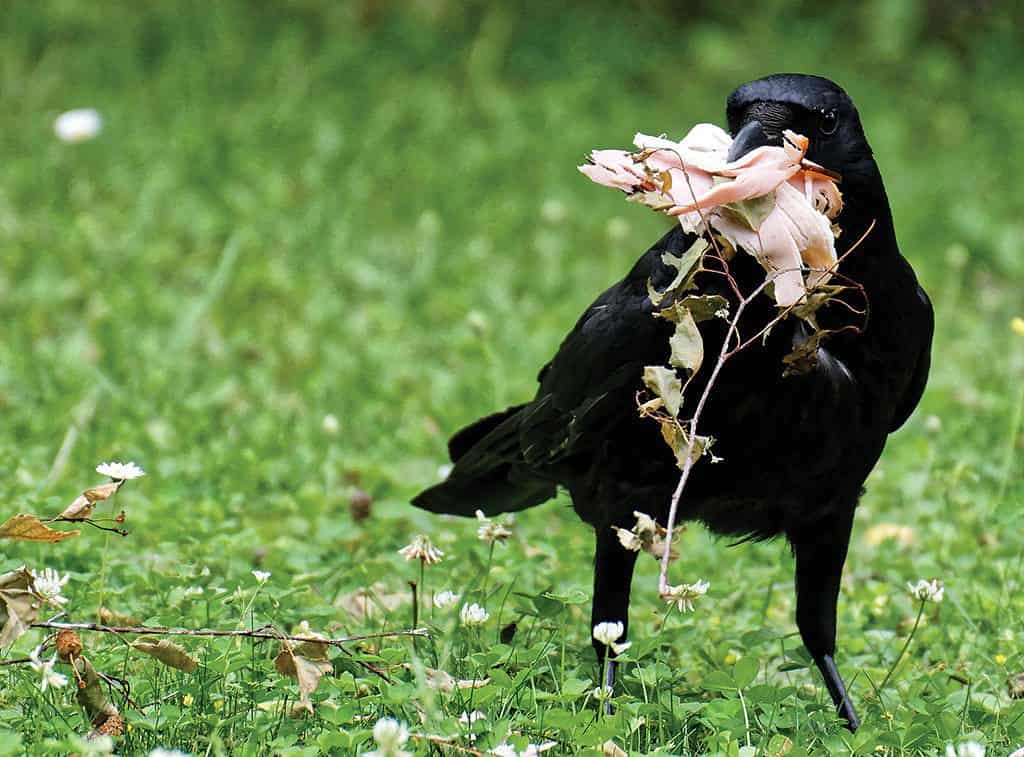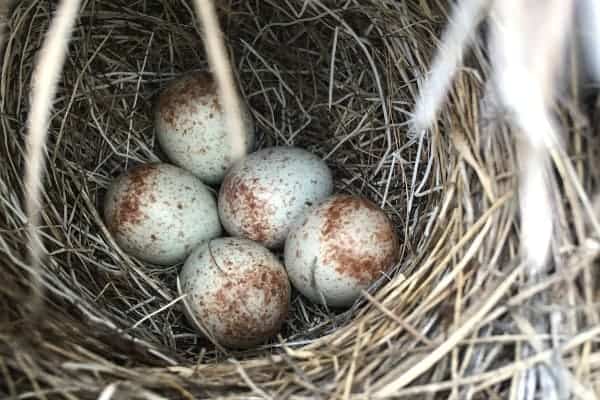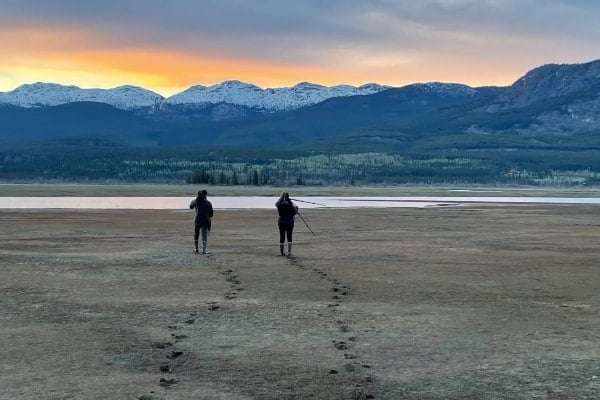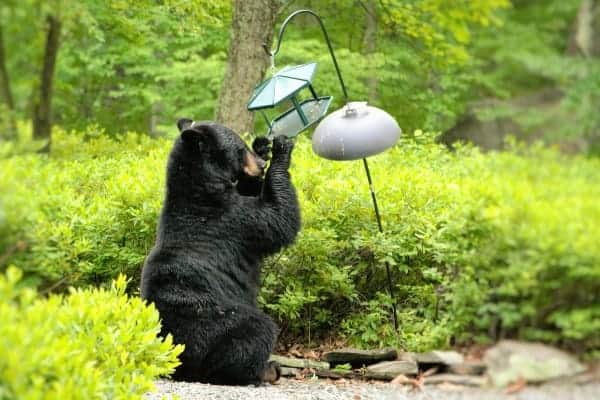There are two sides to every story, sometimes more. Entry-level journalism students are taught, ad nauseum, by wizened old editors to strive to present both, or all of these sides, to their readers in order to honour the elusive literary gold standard called “objectivity.”
Of course, there is an opposing viewpoint which proclaims that objective journalism is an oxymoronic impossibility because human writers are subjective by nature and highly opinionated by job description. Therefore this crusty old word-cruncher was delighted to stumble upon a new one never encountered before, in a long career, which perfectly explains our current kerfuffle between the villain called Jonathan Livingston Seagull and the hero named Joe Ben Raven. Kleptoparasiticpredation: [a] (literally, parasitic predation by theft) is a form of feeding in which one animal takes prey or other food that was caught, collected, or otherwise prepared by another animal, including stored food.
This food fight between ravens and gulls (“seagull” is a common but inaccurate nickname) has been going on for at least 33 million years. This is when the fossil record shows gulls coming onboard the evolutionary peace train. Ravens are considerably older, going back to the Theropod flying dinosaurs, which first appeared during the Carnian age of the late Triassic period 231.4 million years ago. That’s the first reason ravens don’t like gulls. They are evolutionary cheechakos, or newcomers. The second is that big word above, since both species are scavenger thieves of the first order, with near identical eating habits except more seafood for the web-footed gulls.

Joe Ben Raven has a third reason, but puts it in more earthly terms for human comprehension. “Gulls are thieving airborne assholes who should have been wiped off the face of the Earth by evolution.”
THAT is the Yukon perspective, where ravens are idolized as the official territorial bird and the avian symbol of the great Canadian North including Yellowknife, Northwest Territories, which has honoured ravens as their municipal bird. However, the people of Arizona and Utah might disagree. The Mormon-founded state of Utah, home of the Great Salt Lake, made the seagull their state bird and erected a monument in Salt Lake City. The monument was named “The Miracle of the Gulls” for the gulls’ role in saving their ancestors from a plague of crickets by eating them. (The crickets, not the ancestors.)
The nearby state of Arizona has an annual lottery to allow the shooting of 2,000 ravens by license, which resulted in 1,997 official raven deaths in 2018. That’s because they are considered vermin who attack, kill and eat newborn lambs. The unofficial number of annual raven deaths in Arizona by assassination and murder is unknown, but Joe Ben does not holiday or hunt in Tombstone, Tucson or anywhere else in America except Alaska.
However, the ultimate insult to our noble and revered ravens comes from Birds of North America: “A group of ravens is called an ‘unkindness’ or ‘conspiracy,’ which seems fitting, since ravens are traditionally considered creepy; in fact, seeing many of them in one place can induce Hitchcockian-like flashbacks in even the least ornithophobic people with a fear of birds.”
Really? Is that why it’s against the law in Texas to shoot seagulls, which are considered an endangered species along the southern border of the USA and the oily Gulf of Mexico? And, in Native American symbolism, the seagull represents a carefree attitude, versatility, and freedom, which is almost identical to how northern Indigenous people see the raven. When you consider seagulls can drink both fresh and saltwater, at least the Utah monument seems to make sense whether they ate all the crickets or not.
Could it really be that simple? Are gulls American and ravens Canadian? Joe Ben has reported raven elders spoke of a Great Bird War between the two species during the Klondike Gold Rush. “The gulls followed the mostly American stampeders over the mountain passes where the ravens were waiting to ambush them,” he said. “The humans were very close to having a war too, but they were fussing about the border between the two countries. We were fighting over the food they weighed and discarded at Sam Steele’s scales.”
Nobody won, nobody lost. To this day, both ravens and gulls share the territory, although not equally. The gulls seem to take over Shipyards Park in the summers when the lakes and rivers are thawed, but it’s a different story come winter. The gulls fly back to saltwater and the ravens come back from summer bush camps to reclaim Shipyards and all the rolling Timbits therein.
That’s the difference between locals and summer tourists in the world of birds.
We implied in our last issue that Jonathon Livingston Seagull was the sole inspiration for this never-ending conflict with Joe Ben Raven, but that was a slight exaggeration. He’s just one bad bird who mused one bad book to inspire this sad state of avian affairs. The true cause of this venomous angst between these two competitive birds is the historical longevity of their mutual kleptoparasiticpredation, a wonderful word which so accurately describes why Jon and Joe will NEVER get along if they live for a million more years.
Although the number keeps changing due to newer archeological discoveries in the Bluefish Caves near Old Crow, it is now considered to be roughly 14,000 to 16,000 years since roving human mammoth hunters crossed Beringia from Siberia to become the first human inhabitants of the Yukon, Canada and arguably all of North America. When that number is crunched into the raven appearance estimate of 231.4 million years ago, the percentile of who was here first is 99.00004 per cent in favour of the raven. Versus the seagull which arrived 33 million years ago, the number is 86 per cent.
Are there any further questions why Joe’s noble ravens are honoured as our official territorial bird and Jon’s screechy garbage dump gulls are not?




